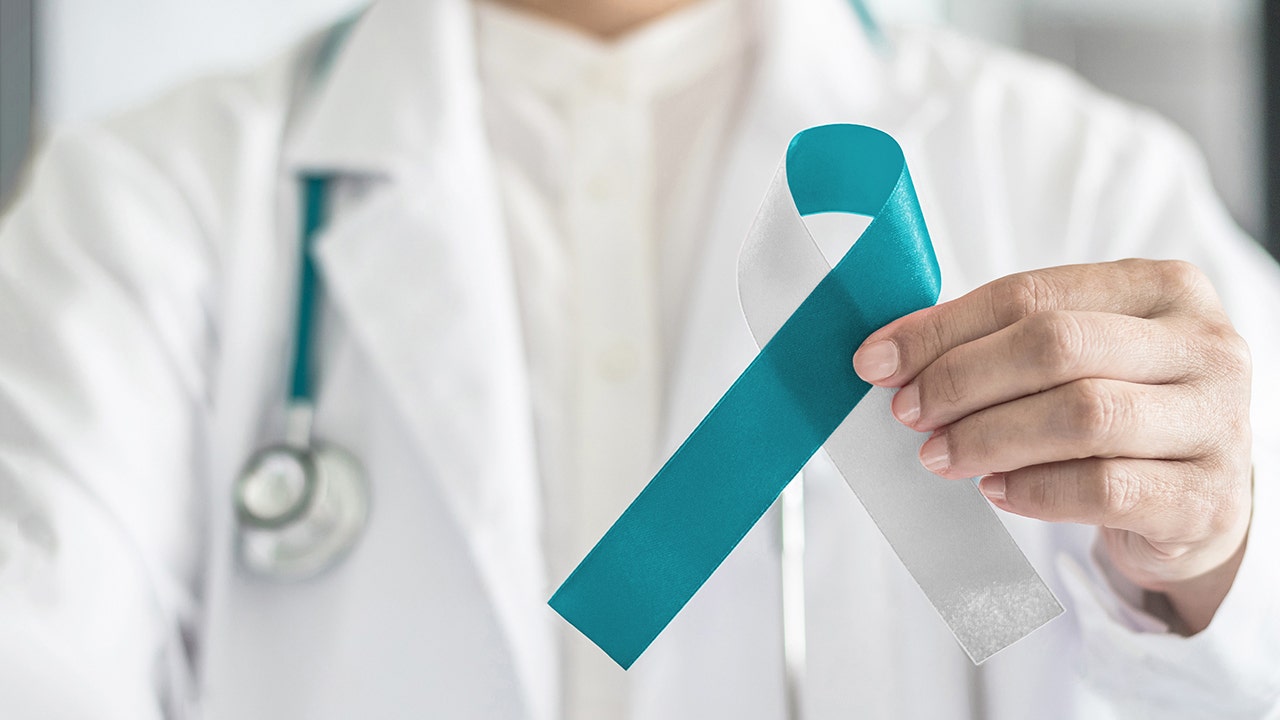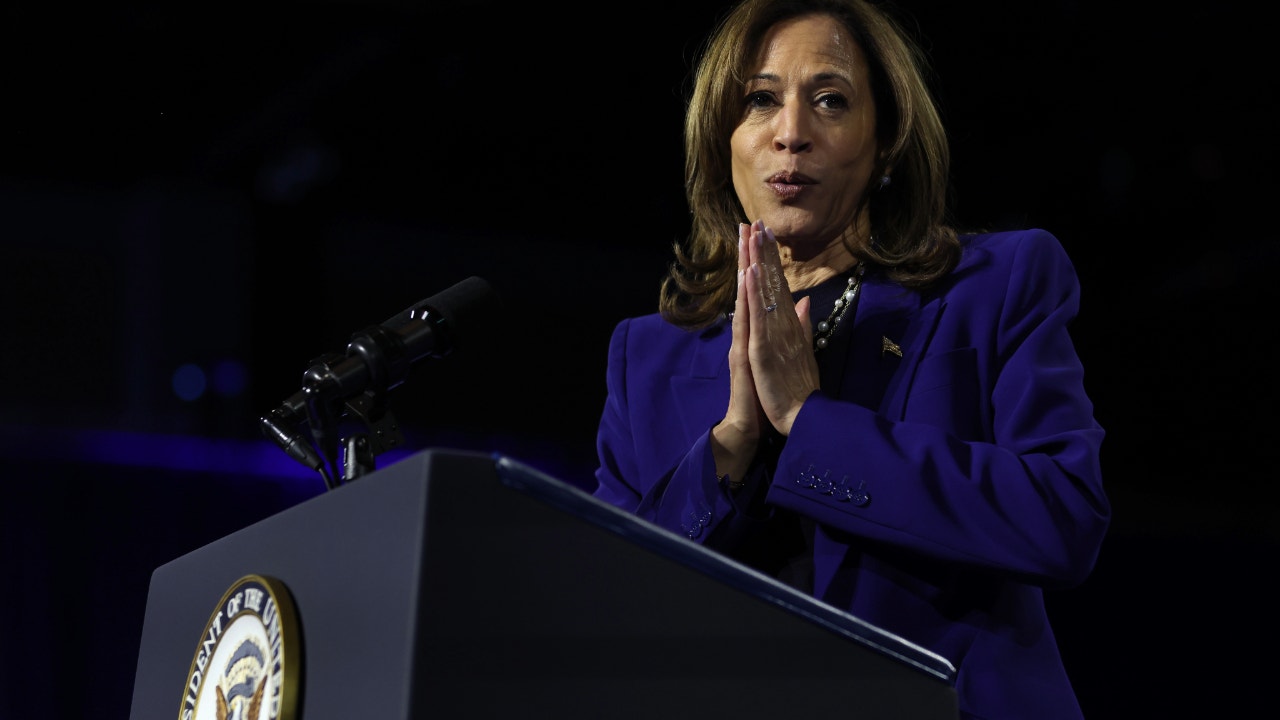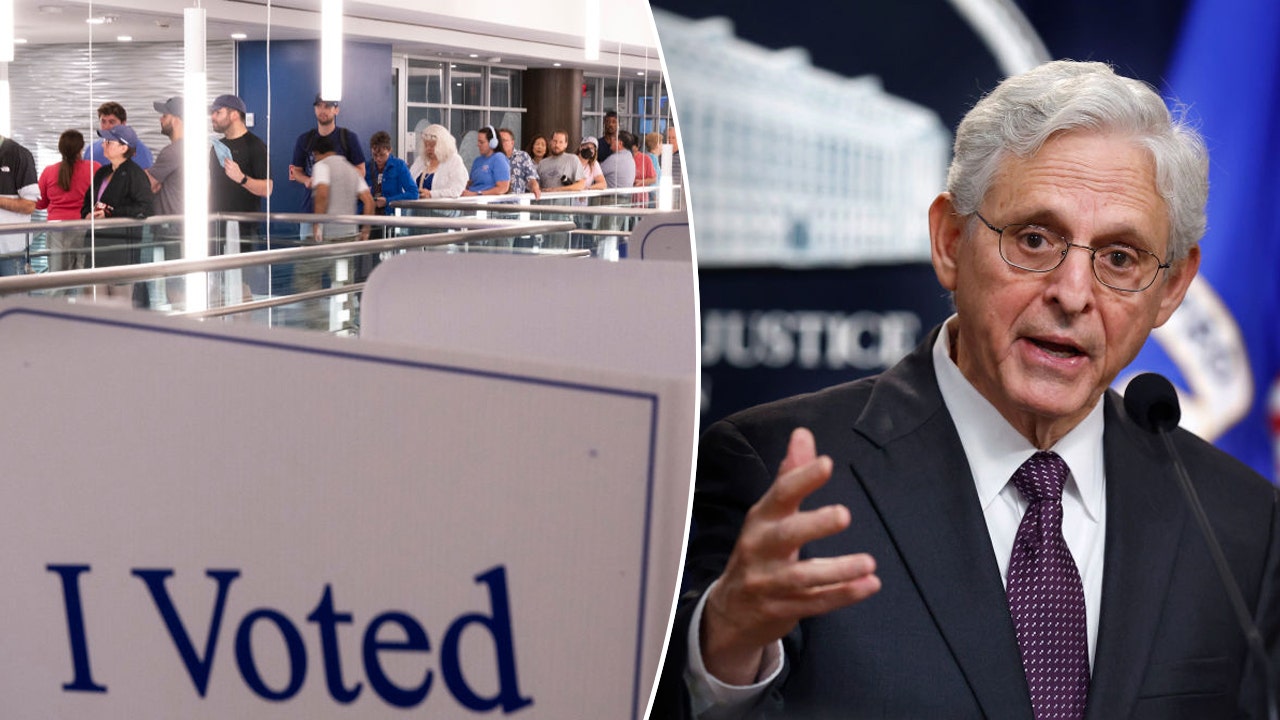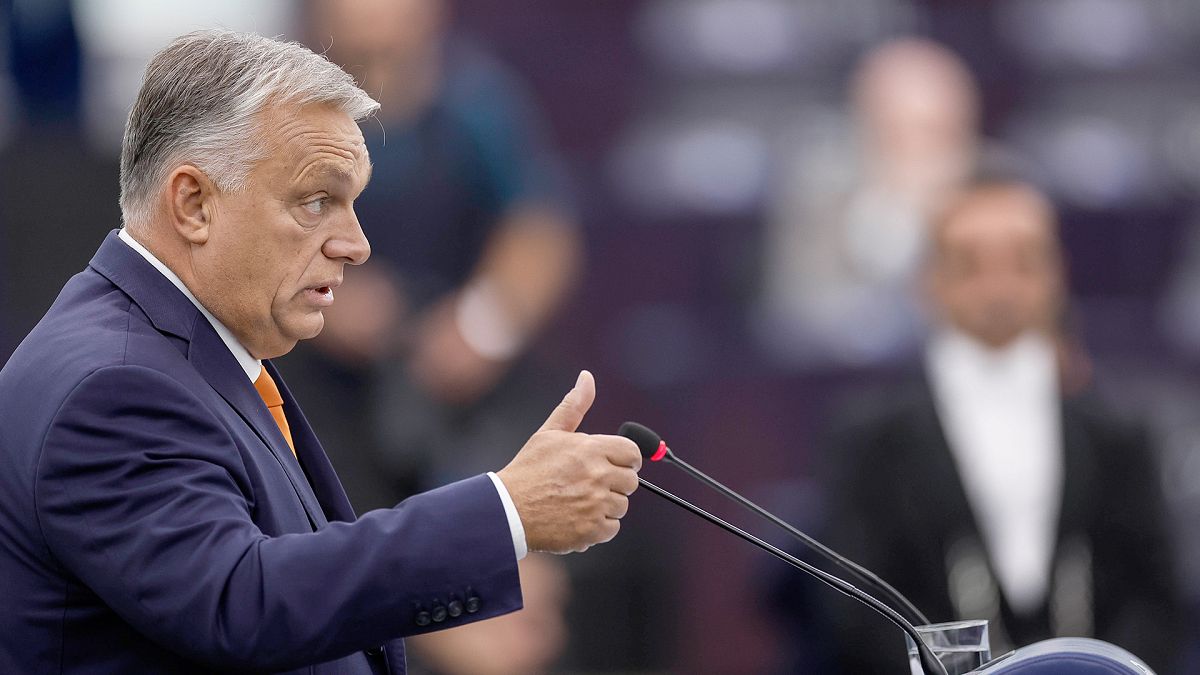South Dakota
SD teacher pay still lags behind neighboring states

Educators serve a crucial role in every community – but South Dakota teachers continue to be near the bottom of the national pay scale – only earning more than their peers in Mississippi and West Virginia. As a result, some have started taking a hard look at their paychecks.
The shortage of teachers in school districts, the competitiveness of their salaries and the benefits packages offered to them have real impact on schools – but your local superintendent isn’t at the helm of those decisions.
Aberdeen School District superintendent Becky Guffin said she sees how inadequate teacher pay has created gaps in student’s education.
“I can speak to math as an example – we no longer have a calculus class,” Guffin said. “We no longer have a statistics class because we couldn’t find a teacher. We just scaled back the teaching that’s required for South Dakota graduation requirements. So, our kids have lost opportunities because we can’t find the staff.”
Guffin made those comments during a recent meeting of the state’s teacher compensation board. That group reviews pay for the states roughly 10,000 educators using data to compare salaries to the overall workforce.
The most recent findings show that despite the efforts of lawmakers, South Dakota teachers are behind their out-of-state peers in many brackets. Sen. Jim Bolin, R – Canton, is on the compensation board. He compared South Dakota’s current teacher pay situation to a track meet.
“We didn’t move up significantly in terms of number of states South Dakota passed, but we closed the gap significantly so if you’re in a two-mile race we’re not being lapped anymore,” Bolin said. “We’re still finishing close to the bottom of the runners – but we are not being lapped.”
Bolin, a former educator, said pay matters if the state wants to recruit a meaningful number of teachers.
“You can’t live on nothing,” Bolin said. “People are competing in education with other states, but they’re also competing with other businesses inside South Dakota who are perhaps paying more.”
Another lawmaker with concerns about the states’ lack of movement is Sen. Reynold Nesiba, D – Sioux Falls. Also on the compensation board, he said he’s frustrated South Dakota is still spinning its wheels.
“I just think the kind of places that make education a priority, that pay their teachers more, have enormous implications for economic development, economic prosperity that we have not considered as a state,” Nesiba said. “We could have the highest paid teachers in the region if we wanted, it’s a matter of making it a priority. It’s a political decision.”
The compensation board’s meeting was held the same day Gov. Kristi Noem announced a state surplus of nearly $100 million.
Included in the data was a retrospective assessment of the state Blue Ribbon Task Force – which had previously evaluated teacher salaries. Mike Siebersma, who presented on behalf of Marzano Research, said while pay has consistently been on the rise, other states are making similar moves.
“After those investments we checked the data again and South Dakota was still 50th among teacher salaries. Good news of that is we weren’t 51st, there actually are 51 reported entities I believe it includes the District of Columbia – so we were 50th then,” Siebersma said. “Because as we were doing this in South Dakota other states were doing the same thing, so all salaries were on the rise at that time.”
He described the data as the most comprehensive look to date.
“They set a target salary for 2016-17 of $48,500,” Siebersma said. “That year, with the increases that were put in place, the actual average salary in South Dakota got up to $46,900. So, it did not quite meet the target from that point on. South Dakota was 51st up until there with the big investment moved up to 48th-47th and has sort of been hanging around 49-50th for the last couple of years.”
Since 2020, average teacher salary increases have exceeded targets set by the state legislature. However, when compared to its neighbors, South Dakota finishes last. That ties into another wrinkle Siebersma addressed – cost of living.
“Adjusted to the national level, rather than just being at just over $50,000 in 2022, the adjusted average teacher salary in South Dakota comes to about $56,000,” Siebersma said. “Whereas neighboring states are anywhere from $58,000 all the way up to $66,000.”
There is heavy demand for some teaching specialties. The data found early elementary and special education are the highest-need areas in South Dakota. There are also shortages in language arts, fine arts and math. The data also show that eleven percent of teachers either changed positions at the end of the 2021-22 school year – or left the education field entirely.
Looking at the numbers, Siebersma said that pressure will only get worse.
“So, the best guess sort of projections are that we are going to be up about 195 teachers in three more years,” Siebersma said. “Projections of our student population based on historic data, this year we have 137,468 students. That’s projected to go up by about 2,500 in the next three years.”
That roughly boils down to 830 new students each year who’ll need about 65 new teachers to stay at the target student-to-teacher ratio. The compensation board is scheduled to complete its report by the end of September and will make recommendations on teacher pay for state leaders to consider.

South Dakota
Group opposing abortion-rights measure receives $500,000 from out-of-state nonprofit • South Dakota Searchlight

The campaign opposing a South Dakota abortion-rights ballot measure received $500,000 from an out-of-state nonprofit and $100,000 from a Sioux Falls church, among other contributions still streaming in less than a week before Election Day.
Those contributions follow a $500,000 infusion to the abortion-rights side by another out-of-state group last week.
Michael Card, University of South Dakota associate professor emeritus in political science, said the last-minute fundraising reflects the high stakes and the unpredictable outcome. Polls indicate a close contest, but Card said many people are private about their feelings on abortion, so gauging public sentiment is difficult.
“Nobody knows what will happen, so these groups are likely willing to donate more than they might otherwise,” Card said. “And because of the national interest in the issue, more outside money will be coming in to influence this election.”
There are no limits on contributions to ballot question committees.
The latest $500,000 contribution came Wednesday to the No G for SD ballot question committee from The Concord Fund, in Virginia. It operates as a 501(c)(4), which is a type of nonprofit sometimes called a “dark money” organization, because it can participate in political campaigns without disclosing its donors. The fund’s 2023 public IRS filing said the group had $53 million in revenue.
According to Open Secrets, an organization that tracks money in politics, The Concord Fund is closely tied to Leonard Leo. He’s a one-time Trump adviser who served as an executive of the Federalist Society, a conservative legal group that counts at least five U.S. Supreme Court justices as current or former members.
Another $100,000 came to No G for SD on Tuesday from Celebrate Wesleyan Church of Sioux Falls. Other recent donations to the committee have included $25,000 from Republican South Dakota Gov. Kristi Noem’s political action committee, Keeping Republican Ideas Strong Timely & Inventive, and $10,000 from Lt. Gov. Larry Rhoden’s campaign committee.
The recent fundraising brings the total amount raised against the ballot measure to more than $2 million since last spring, based on reports from several active ballot question committees.
It’s difficult to say how much has been raised in support of the measure, because the committee backing it, Dakotans for Health, is also supporting a measure that would repeal state sales taxes on groceries and is combining all of its campaign finance information. But the group’s latest reports say it’s raised more than $850,000 since its last report in May.
Abortion is currently banned in South Dakota, with one exception for abortions necessary to save the life of the mother. Amendment G would legalize abortion while allowing for restrictions in the second trimester of pregnancy and a ban in the third trimester, with mandatory exceptions to protect the life or health of the pregnant woman. The amendment is one of seven Nov. 5 ballot questions under consideration by South Dakota voters.
GET THE MORNING HEADLINES.
South Dakota
Healthcare providers in the state face IV fluid shortage caused by Hurricane Helene

SIOUX FALLS, S.D. — As Hurricane Helene devastated parts of North Carolina and other surrounding states, the impact is having affects across the country.
Baxter International, a global medical device company that provides products and services for patients and healthcare professionals, was significantly affected by the hurricane at their Marion, North Carolina, manufacturing facility.
Having been closed since Sept. 29 after the hurricane hit, the facility was responsible for producing approximately 1.5 million bags of IV solution per day, supplying about 60% of the IV solutions used in the United States, according to the United States Department of Justice.
Contributed
Gov. Kristi Noem and four fellow Republican governors in urged President Joe Biden on Oct. 17 to immediately address the shortage of IV fluid.
“Hospital and health systems across our states are employing conservation strategies and exploring alternatives to protect sound clinical care in our states. But conservation strategies have limited effectiveness and are not sustainable strategies without increased production and reliable access,” wrote Gov. Noem and her colleagues.
The letter requested specific actions be taken including collaboration with the Food and Drug Administration to identify international manufacturers capable of producing sterile IV solutions and their containers; removal of any barriers preventing the importation of sterile IV and peritoneal dialysis solutions from abroad and that the Federal Trade Commission and the Department of Justice should be on alert for any instances of price gouging related to this shortage.
Since the closure of the plant, the South Dakota Department of Health said they have been actively working with South Dakota healthcare systems and other providers across the state to address the IV fluid shortage caused by the closure of the Baxter International facility.
According to the Department of Health, South Dakota healthcare facilities are implementing strategies to conserve IV fluids and prevent shortages. These strategies include using different delivery methods for medications as appropriate, focusing on good oral hydration and limiting waste.
David Basel, doctor of pediatrics and internal medicine at Avera McKennan Hospital & University Health Center in Sioux Falls, said that while they have conservation strategies in place, they have been successful in not having much of an affect on patient care.

Contributed / Avera
“They may get a few more requests to orally hydrate before or if they come in with vomiting and diarrhea, they may see that we work a little bit harder to get them to drink in the emergency room, rather than just popping them on the fluids,” Basel said.
Although Basel said their efforts to lower their use has caused an increase in workflow, it’s still business as usual from a patient perspective.
“We’ve been really very effective in dropping down our utilization,” Basel said. “Right now we’re in a reasonable place where we’re kind of matching and not having to cancel procedures or anything like that.”
In a statement, Sanford Health said they are not seeing any significant changes due to the shortage when providing care for their patients.
“Sanford Health is not currently experiencing any significant shortage of IV fluids in our hospitals and clinics. We continue to monitor supply and have initiated conservation efforts to support those that are experiencing shortages. At this point we are not postponing any surgeries, including elective surgeries, due to shortages in IV fluids.”
According to an Oct. 24 update in a press release, barring any unanticipated developments, Baxter anticipates restarting IV solution manufacturing within the next week.
South Dakota
Kraft ‘can’t say enough good things about the place I came from’ on NFL Network

Tucker Kraft gave his hometown of Timber Lake, South Dakota, a shoutout on national television Friday.The Timber Lake High School graduate and Green Bay Packer tight end made an appearance on NFL Network’s Good Morning Football. The second-year tight end fielded a number of questions during the 11-minute interview, including growing up in tiny Timber Lake (population: 500).“The population is 500…
-

 Movie Reviews1 week ago
Movie Reviews1 week agoAlien Country (2024) – Movie Review
-
/cdn.vox-cdn.com/uploads/chorus_asset/file/25431700/STK201_SAM_ALTMAN_CVIRGINIA_A.jpg)
/cdn.vox-cdn.com/uploads/chorus_asset/file/25431700/STK201_SAM_ALTMAN_CVIRGINIA_A.jpg) Technology7 days ago
Technology7 days agoOpenAI plans to release its next big AI model by December
-

 Health7 days ago
Health7 days agoNew cervical cancer treatment approach could reduce risk of death by 40%, trial results show
-

 Culture1 week ago
Culture1 week agoTop 45 MLB free agents for 2024-25 with contract predictions, team fits: Will Soto get $600M+?
-

 Sports6 days ago
Sports6 days agoFreddie Freeman's walk-off grand slam gives Dodgers Game 1 World Series win vs. Yankees
-
News5 days ago
Sikh separatist, targeted once for assassination, says India still trying to kill him
-

 Culture5 days ago
Culture5 days agoFreddie Freeman wallops his way into World Series history with walk-off slam that’ll float forever
-

 Technology4 days ago
Technology4 days agoWhen a Facebook friend request turns into a hacker’s trap





















